Humans have been studying the light from stars since the beginning of our history; however, we’ve only just discovered in the last few decades that stars don’t like to be alone.
Binary systems—containing two stars orbiting around each other—are one of the most common type of gravitationally-bound collections of stars, yet their evolution is complex. Astronomers are trying to piece together the puzzle of different stellar observations to reveal the bigger picture. Using their understanding of binary evolution, scientists can simulate populations of stellar binaries with the stellar population synthesis code COMPAS—mostly developed by researchers from the ARC Centre of Gravitational Wave Discovery (OzGrav).
OzGrav researchers, in collaboration with the Max Planck Institute of Hannover, Monash University and University of Birmingham, recently conducted a study to understand the origin of the properties of ‘Be X-ray’ binaries observed in the Small Magellanic Cloud.
Be X-ray binaries are star systems typically composed of a neutron star orbiting around a rapidly rotating massive star. This rotation causes the massive star to produce a disk of outflowing material—some of this is accumulated by the neutron star. The neutron star then shoots off X-ray radiation that scientists can observe and measure.
The study, led by OzGrav Affiliate Serena Vinciguerra, used the COMPAS code to simulate an environment like the Small Magellanic Cloud. By comparing the orbital properties of the simulated Be X-ray binaries with the observed ones, researchers revealed the probable evolution of these star systems:
Initially, two stars are born in a tight binary system. The most massive star evolves quicker and expands. Because of the proximity between the two stars, the inflated massive star feeds its material to the smaller star. Over time, the massive star may feed and lose most of its mass; however, the smaller star may get too ‘full’ and not accept all the ‘food’ (material).
Each star’s individual ‘diet’ depends not only on their constitution and age, but also on the massive star feeding them. In Be X-ray binaries, the stars’ diets are more generous than what astronomers previously assumed. Consequently, the well-fed stars become massive and spin rapidly.
Later in their evolution, the original most massive star may explode as a supernova, leaving behind a small but very dense neutron star. If the stars survive the explosion, they form a Be X-ray system, with a neutron star orbiting a massive and rapidly rotating star.
Reference: “Be X-ray binaries in the SMC as (I) indicators of mass transfer efficiency” by Serena Vinciguerra, Coenraad J. Neijssel, Alejandro Vigna-Gómez, Ilya Mandel, Philipp Podsiadlowski, Thomas J. Maccarone, Matt Nicholl, Samuel Kingdon, Alice Perry and Francesco Salemi, 29 February 2020, High Energy Astrophysical Phenomena.
arXiv: 2003.00195

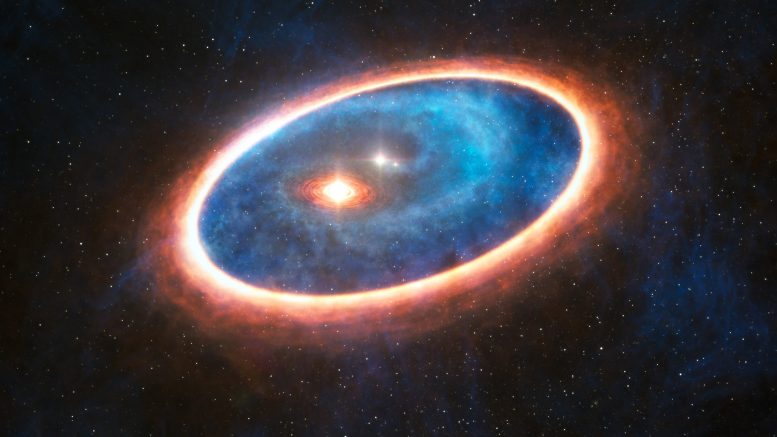
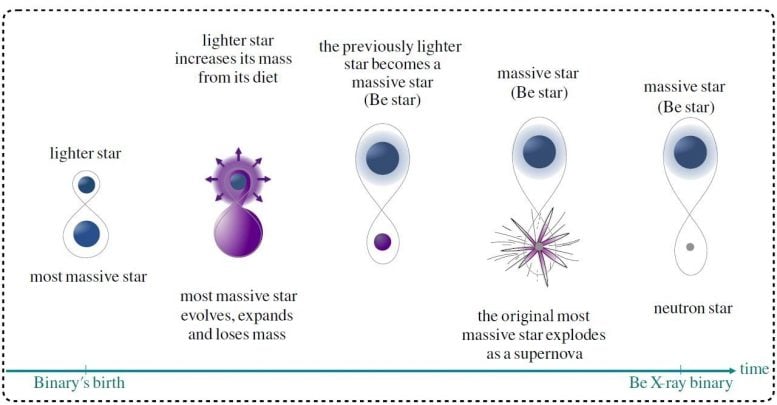

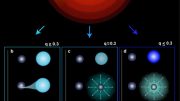


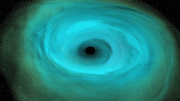
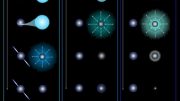

Be the first to comment on "Hungry Stars Cannibalize Each Other in ‘Be X-Ray’ Systems"